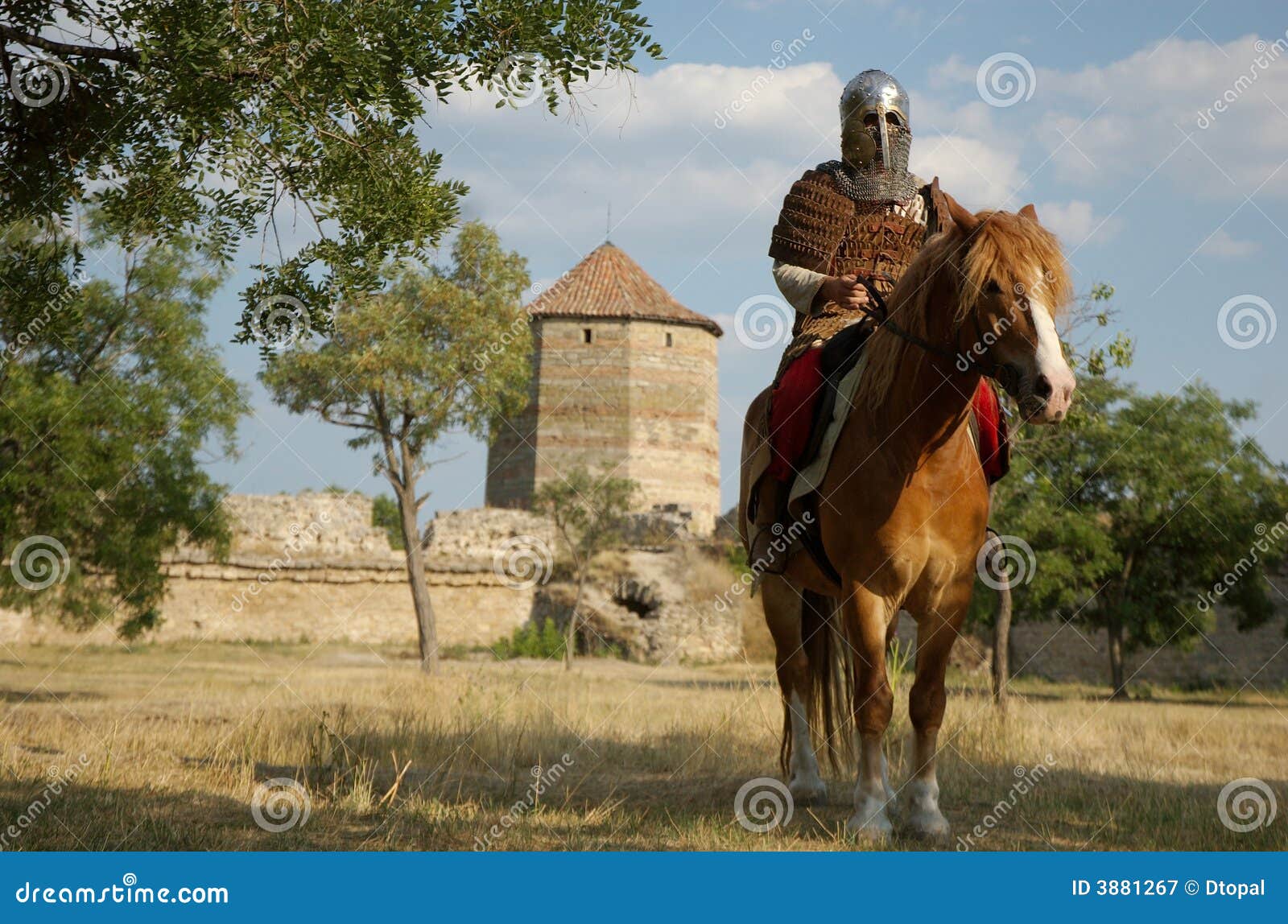

Today, people are likely to use the word chivalry to refer to high standards of good manners, protectiveness, and helpfulness. But the underlying concept of service to the realm has defined knighthood since the Middle Ages.Ĭlosely connected with knighthood is the concept of chivalry. Knighthood for these and other citizens is granted to recognize cultural achievement or service to Great Britain, typically for charitable work.

It is equally unlikely that Sir Paul, Sir Mick, or any of the other prominent artists and citizens of Great Britain who have been knighted in modern times will put on a suit of armor, mount a horse, and set out to conquer new realms for his queen. The queen then tapped them on each shoulder with the flat side of a bared sword as she "invested" them with (gave them) the title "knight." From that time on, as a member of the nobility, each knight became entitled to attach the word "sir" to his name, though it is unlikely that either of these rock-and-roll icons will actually do so. Like their forebears hundreds of years ago, these modern knights, in a solemn and formal ceremony, knelt before the queen. Another rock legend, Mick Jagger of the Rolling Stones, received a similar honor in 2004. In 1997 rock star Paul McCartney, one of the original Beatles of the 1960s, was knighted by England's Queen Elizabeth II during a ceremony in London. While knights are usually thought of in connection with medieval life, the tradition of conferring knighthood has not died, at least in England. The "knight in shining armor" occupies an honored, permanent place in the cultural heritage of the West and is a fixture in legends, fairy tales, and epic adventure stories (see Chapter 11 on the literature of the Crusades). In the twenty-first century the image of these knights is often romanticized. Noble, courageous, and skilled, the knights of Europe, from the viewpoint of the Christian nations, carried out God's work in trying to drive the Muslims (followers of the religion of Islam) out of God's holy places. Carrying the banners of that cause, though, was Europe's warrior class: its knights. The winner of the jousts was awarded a prize by the Queen of Beauty, elected for the occasion from amongst the women present.īy the 14th-century tournaments became rousing fairs complete with singing, dancing, and feasting which might last for several days.Numerous foot soldiers gave their lives to the cause of reclaiming the Holy Land during the Crusades. A knight accepting the challenge rode up and touched his lance to the shield. Challengers erected tents at one end of the ground and hung a shield outside. The object of the tourney was simply to unhorse your opponent, though often the fighting was so fierce that men were killed. The armour worn in tourneys was different from regular battle gear. Prizes were given to the winners, and some knights, such as the famous William Marshall, made their fortunes on the tournament circuit, much as a modern rodeo rider might in the American West. Lances and swords were blunted, but tournaments were a place where reputations were made, so the fighting was hard and dangerous. These "war games" consisted of individual contests (jousts), and group combat.

Imported from France in the 12th century, tournaments were an essential part of military and social life. Your foe was worth more to you alive than dead. The object in a fight wasn't necessarily to kill an opponent, but to capture and ransom him. In theory, the squire could be knighted on the battlefield for exceptional valour, but this event was much rarer than Hollywood would have us believe.īattles were usually small affairs, fought between the knights of individual lords.
#MEDIEVAL EUROPE KNIGHTS PAYMENT CODE#
This code was rarely lived up to, but it remained the standard for chivalry and proper behaviour amongst the nobility for centuries. He had to swear to the knightly code which asked him to "protect the weak, defenceless, and helpless, and fight for the general welfare of all." When he was judged ready (generally between the ages of 18 and 21) the squire was knighted in a religious ceremony after spending the night guarding his armour before a church altar.

From the knight, he learned riding and all the skills of war, as well as hunting, hawking, and other sports. At 14 the page became a squire, a personal attendant to a knight. For seven years a page was cared for by the women of the house, who instructed him in comportment, courtesy, cleanliness, and religion. The path to knighthood began at the age of seven when a vassal sent his son to the lord's house to become a page. After the lord on the social ladder came the knight.


 0 kommentar(er)
0 kommentar(er)
